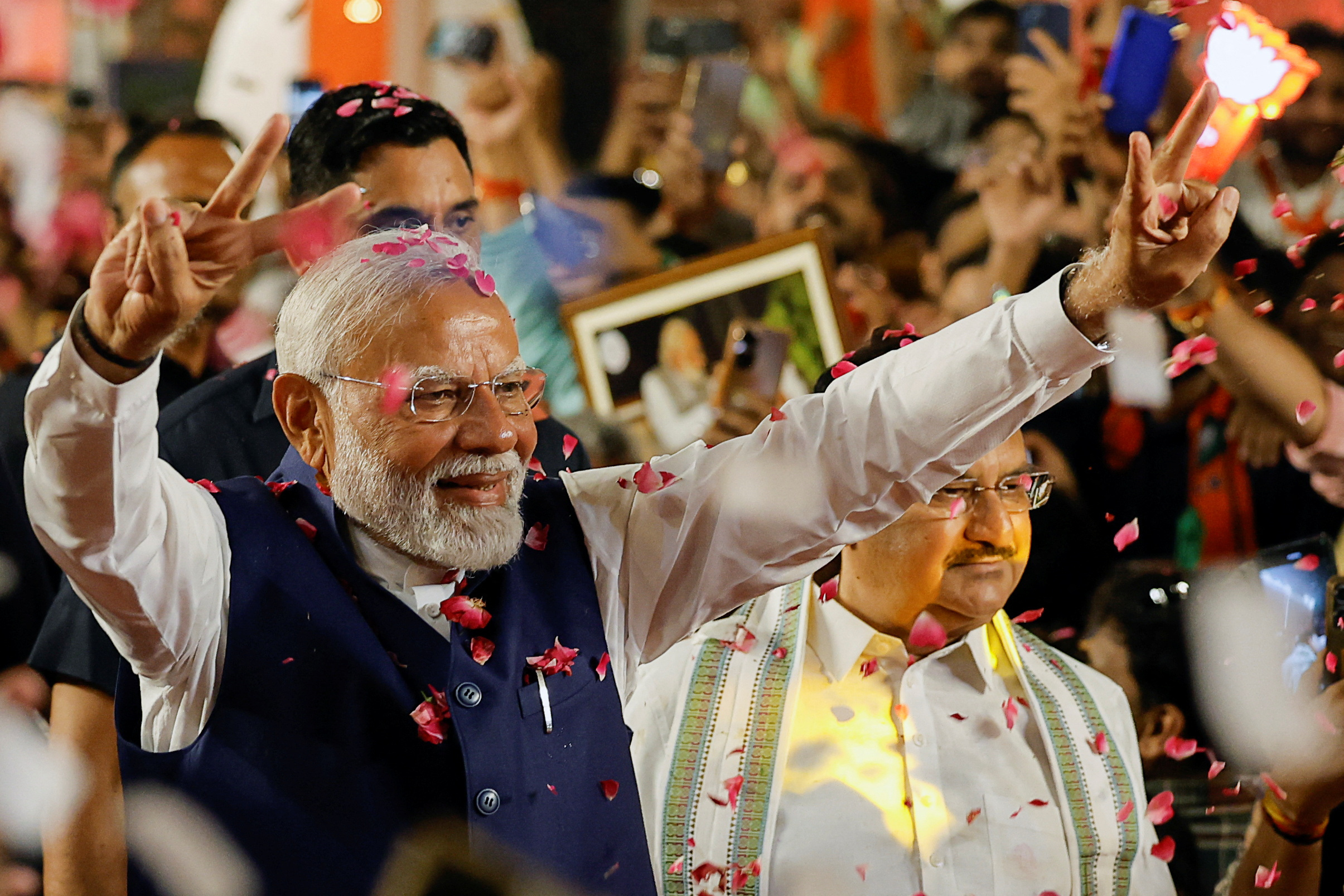Ecuador is a country located in South America, bordered by Colombia to the north, Peru to the east and south, and the Pacific Ocean to the west. It operates as a presidential republic. Here is some information about the election system in Ecuador:
- Presidential Elections: The President of Ecuador is the head of state and is elected through a direct popular vote. Presidential elections are held every four years. To win in the first round, a candidate must secure an absolute majority (50%+1) of the votes or at least 40% of the votes with a 10-point lead over the second-place candidate. If no candidate achieves this in the first round, a second round is held between the top two candidates.
- National Assembly Elections: The National Assembly of Ecuador is the country’s legislative body. It consists of 137 members who are elected through a closed-list proportional representation system. Seats in the National Assembly are allocated to political parties based on the percentage of votes received.
- Electoral Process: The National Electoral Council (Consejo Nacional Electoral, CNE) of Ecuador is responsible for organizing and overseeing elections in the country. It manages voter registration, candidate nomination, and the counting of votes. The electoral process is designed to be transparent and inclusive, ensuring the integrity of the elections.
- Voter Eligibility: Ecuadorian citizens who are at least 16 years old have the right to vote in presidential and National Assembly elections. Voter registration is required, and citizens must be included in the electoral roll to participate in elections. Eligible voters can cast their ballots at designated polling stations within their respective voting districts.
Ecuador has a multi-party system, with several political parties competing for seats in the National Assembly and the presidency. The country has seen various political movements and shifts in power in recent years.



